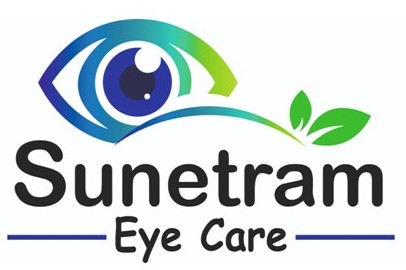Our Services
Pediatric ophthalmologists treat all eye problems in children under the age of 15 years. As strabismus is one of the common problems in children, pediatric ophthalmologists are trained to treat strabismus/ squint in children and adults
Q. What Are The Common Eye Problems In Children?
- Strabismus/ Squint in children is often misconstrued as a sign of good luck. It could be the harbinger of a serious underlying disease. Strabismus disturbs the alignment of the two eyes and impairs three-dimensional viewing of objects (stereopsis ). Further, strabismus can result in one eye becoming amblyopic, which needs to be treated with patching the good eye. The correction of squint does not happen on its own, and its treatment or squint eyes surgery (if needed) must begin as early as possible for the best chances of improvement.
- Cataracts in children: It is a misnomer that cataracts occur in adults only. Cataracts in children are rarer, but have more significance as children would live longer. Further delay in treatment can result in amblyopia, which can be very difficult to treat.
- Tumors in Children: A number of tumors like retinoblastoma and rhabdomyosarcoma can occur in children. Regular reviews are needed if the child has received radiation for any reason or if the parents have a history of malignancy.
- Vitamin A Deficiency and keratomalacia: This can be common in nutritionally deprived children. Exclusive breast feeding is mandatory in the first four to six months of life. Children who are weaned early are at particular risk for vitamin A deficiency. This condition can result in corneal melting and often untreatable loss of vision.
- Amblyopia: Also known as lazy eye, could result from strabismus, refractive errors and disorders of the ocular media. If not treated, permanent visual loss may result. Treatment is usually given by glasses and patching of the good eye.
- Ptosis: This refers to drooping of the eyelids. This could be either myogenic or neurogenic. When severe, it can interfere with vision and result in amblyopia.
- Glaucoma: This serious disorder, if not treated early can result in irreversible loss of vision. It presents with large corneas since birth. The child may have watering and photophobia. Treatment is only surgical and medical therapy is only of adjunctive value.
- Watering: Often a symptom of congenital nasolacrimal duct obstruction or glaucoma. It can result in pooling of infective bacteria in the and cause serious infections with minor trauma. Recurrent infection of the sac could also occur. Treatment is ruling out glaucoma and by sac massage in infancy and with probing and syringing later on.
- Corneal and Conjunctival Foreign Bodies: Delay in removal could result in serious infections.
- Eyelid Hemangiomas: This mimics a swelling of the eye lid. Can cause ptosis and refractive errors. Many of these respond to topical beta blockers.
Common But Less Serious Issues
- Acute Conjunctivitis: Quite common in children and spreads very easily. Spread can be checked by good hand hygiene. Often presents as redness of the eye with discharge. It can also occur in newborn babies if aseptic precautions have not been observed in labor and also in premature rupture of membranes. Some virulent bacteria and viruses can cause devastating infections in neonates.
- Ocular Allergies: This is a common condition among children. It is important to counsel parents and practitioners to avoid abuse of steroids and to discourage eye rubbing.
- Refractive Errors: they occur in around 2.5% of school going children in urban areas. Children often do not complain and the resultant poor vision hampers school performance. There may be unrelated complaints like headache, watering, redness of the eye etc. Failure to comply with glasses when needed can result in amblyopia and Strabismus/ Squint.
